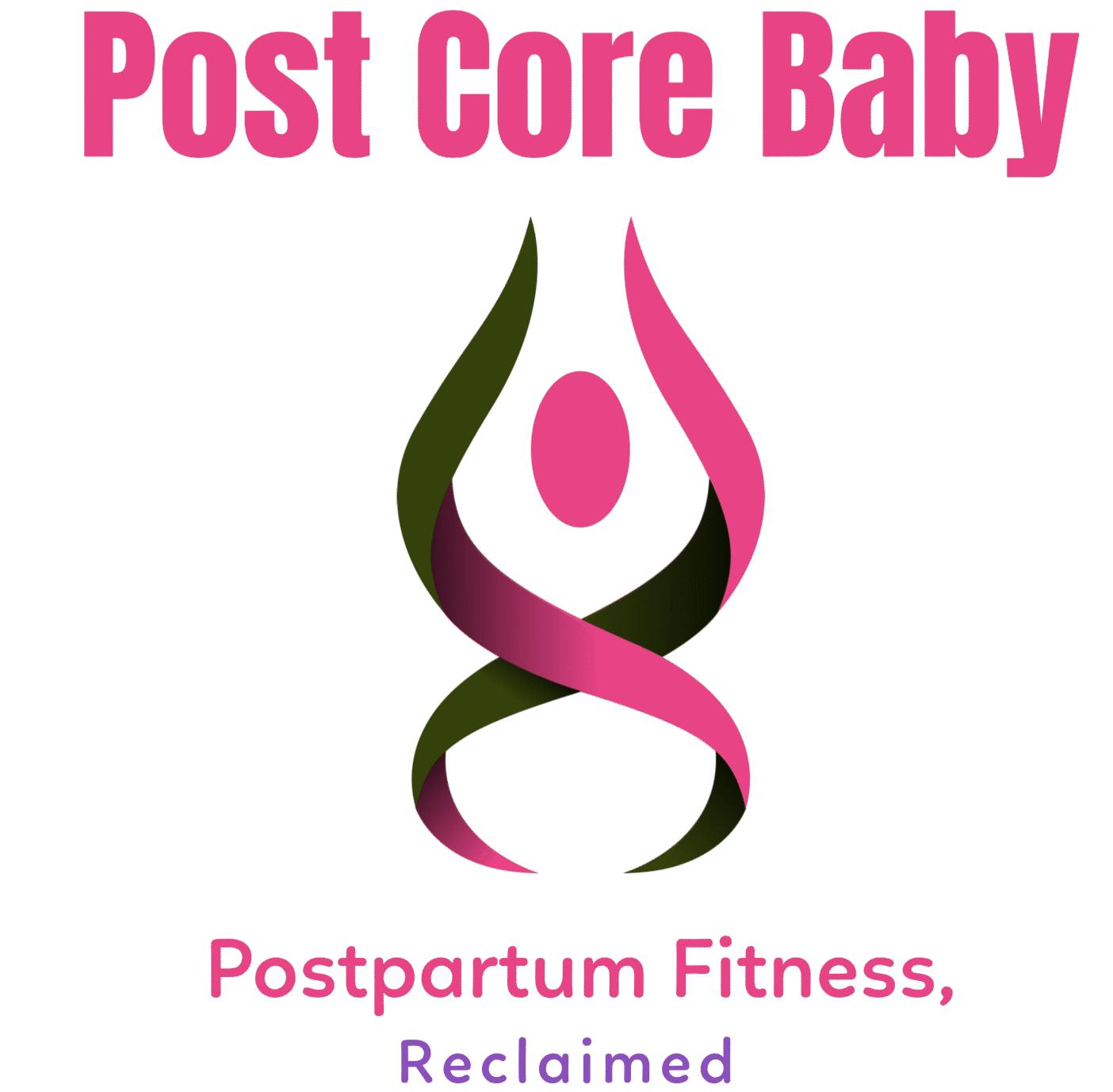How to Rebuild Core Strength After Pregnancy
Pregnancy stretches and weakens the abdominal muscles, often creating a gap in the midline. This separation of the rectus abdominis muscles (known as diastasis recti) is very common in the weeks after birth. Normally the gap begins to close on its own by about 8 weeks postpartum, but gentle exercise can speed recovery. In fact, the NHS notes that regular pelvic floor and deep core exercises “can help reduce the size of the separation”. Rebuilding core strength safely after pregnancy supports posture, back health, and everyday function.
Safe Postpartum Core Exercises
After baby, focus on gentle, controlled movements that engage the deep abs and use proper breathwork. Start slowly and listen to your body. The following postpartum core exercises are generally safe and effective:
- Diaphragmatic (Belly) Breathing: Lie on your back (or sit up) with one hand on your belly and one on your chest. Inhale deeply through your nose so your abdomen rises under your hand, and exhale slowly through pursed lips. This belly breathing engages the transverse abdominis without strain. Practice it 1–2 times a day for 3–5 minutes to retrain your core muscles.
- Pelvic Tilts: Lie on your back with knees bent and feet flat. Pull your navel in toward your spine and press your lower back into the floor so your pelvis rocks upward. Hold the tilt a few seconds while breathing, then relax. This gentle curl activates deep abs. Aim for 8–12 repetitions a few times daily. (Pro tip: exhale as you tilt up and inhale as you relax down.)
- Heel Slides (Pelvic Tilt with Leg Movement): From the pelvic-tilt position (one knee bent, one foot flat), engage your abs and slide the straight leg’s heel toward your buttock, then slide it back out. Keep your belly tight the entire time. This movement works your lower core similarly to a modified curl-up, without lifting your shoulders.
- Bridge (Glute Bridge): Lie on your back with both knees bent about 90°. Draw in your belly, squeeze your glutes, and push through your feet to lift your hips until your body forms a straight line from shoulders to knees. Hold for ~5 seconds, then lower slowly. Bridges strengthen the lower abs, glutes and pelvic floor while requiring minimal tension on the belly.
- Dead Bug (Core Draw‑In): Lying on your back, bring knees up to 90° and hands toward the ceiling. Slowly lower one leg and the opposite arm toward the floor, then return to start, keeping your lower back pressed into the mat. The dead-bug is often called the “gold standard” postpartum core move, because it works the transverse muscles while keeping weight off the abdomen. Move slowly and exhale as you extend limbs, inhaling as you return.
- Exercise Ball (Birthing Ball) Moves: A stability (birthing) ball can make exercises more engaging. For example, try seated pelvic tilts (rocking gently while sitting on the ball) or supported bridges (feet on the floor, upper back on ball) to challenge stability. Bouncing or using a birthing ball “tightens and tones the muscles in your core after delivering your baby”. As you get stronger, the ball’s instability will force your deep core to engage even more. Many Amazon core trainers and soft Pilates/therapy balls are available for these low-impact exercises – just start on a wall or with support as needed.
Throughout each exercise, always pull your belly button toward your spine and breathe normally. You can also integrate pelvic floor (Kegel) contractions into these moves (e.g. tighten pelvic muscles on the exhale) to rebuild core support.
Supportive Gear and Programs
Using supportive tools can aid recovery. For example, wearing a postpartum abdominal binder or wrap (such as the Belly Bandit) can help remind you to engage your core. The Cleveland Clinic notes that an elastic belly band “can help hold your belly in and support your lower back”. While a band won’t heal the separation by itself, it encourages good posture and abdominal engagement when moving or lifting. Similarly, gentle equipment (available on Amazon) can add variety: a small balance disc or core trainer, light resistance bands, and exercise balls are all useful for safe strengthening. The key is to use them gradually (for example, making bridges or roll-outs slightly harder) without pushing too fast.
If you prefer structured guidance, consider a dedicated postpartum program. The MUTU System is an online plan designed by experts for diastasis and postpartum recovery. It focuses on deep core and pelvic-floor rehab through progressive daily exercises. (While not mandatory, many therapists recommend evidence-based programs like MUTU for guided rebuilding of the core.)
Precautions and Gradual Progression
Above all, prioritize gradual healing. In the first weeks postpartum (especially after a C-section or complications) take it slow and get your provider’s advice before starting. The Mayo Clinic advises women who’ve had a C-section or difficult birth to consult a doctor before exercising. Once cleared, follow a gentle timeline: for example, repeat each exercise only 5–10 times at first, and slowly increase sets and repetitions over the months.
Also, avoid risky moves that force the abdomen outward. The Cleveland Clinic warns that any movement that bulges the belly can worsen diastasis, so skip sit-ups, traditional crunches, double-leg lifts, planks and similar exercises until well healed. In fact, experts suggest avoiding sit-ups or crunches entirely in early postpartum. Practice “log-rolling” out of bed (roll onto your side and push up with your arms) instead of doing a sit-up. Focus on slow, controlled movements with deep inhales and exhales.
Finally, always listen to your body: if you feel any pain, pressure or coning in your belly, ease off. Progress bit by bit, and celebrate small improvements. With patience and consistency, your core muscles will strengthen and the abdominal gap will gradually lessen.
Before beginning any postpartum workout regimen, be sure to consult your healthcare provider or a women’s health physical therapist. They can check for diastasis recti and advise which exercises are right for you. With medical clearance and these safe, gradual core exercises (and supportive tools like a belly wrap or stability ball), you can rebuild your strength effectively over time.





